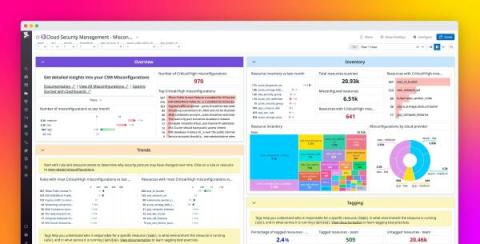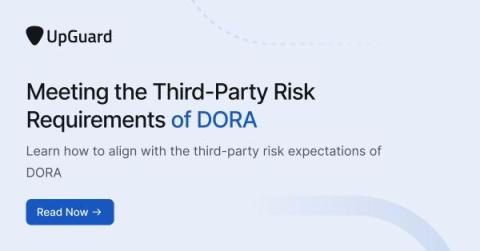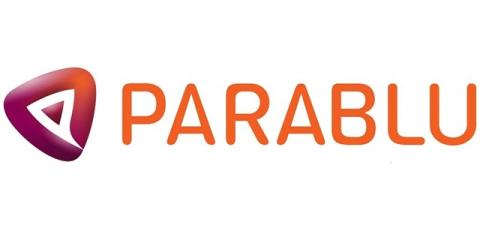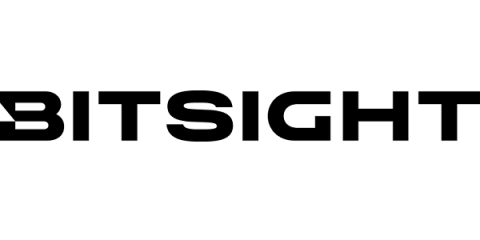RUBYCARP: A Detailed Analysis of a Sophisticated Decade-Old Botnet Group
The Sysdig Threat Research Team (Sysdig TRT) recently discovered a long-running botnet operated by a Romanian threat actor group, which we are calling RUBYCARP. Evidence suggests that this threat actor has been active for at least 10 years. Its primary method of operation leverages a botnet deployed using a variety of public exploits and brute force attacks.










